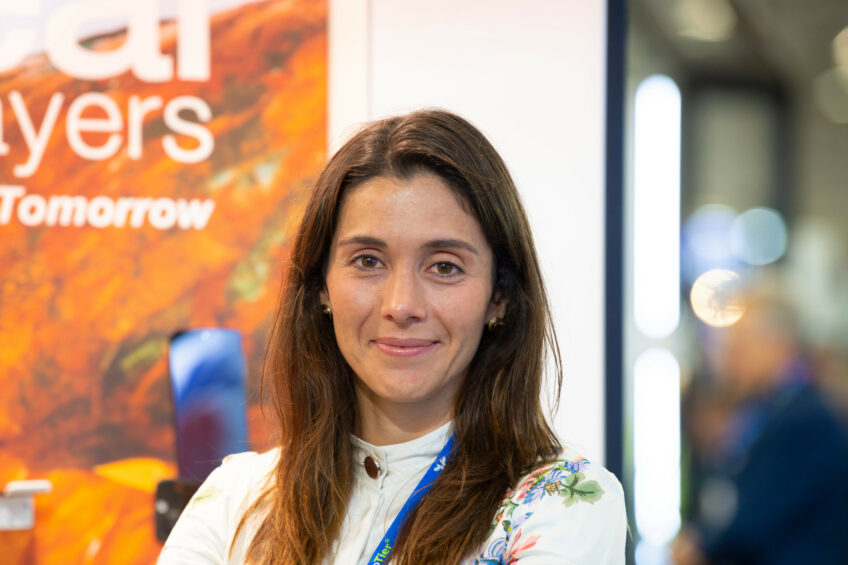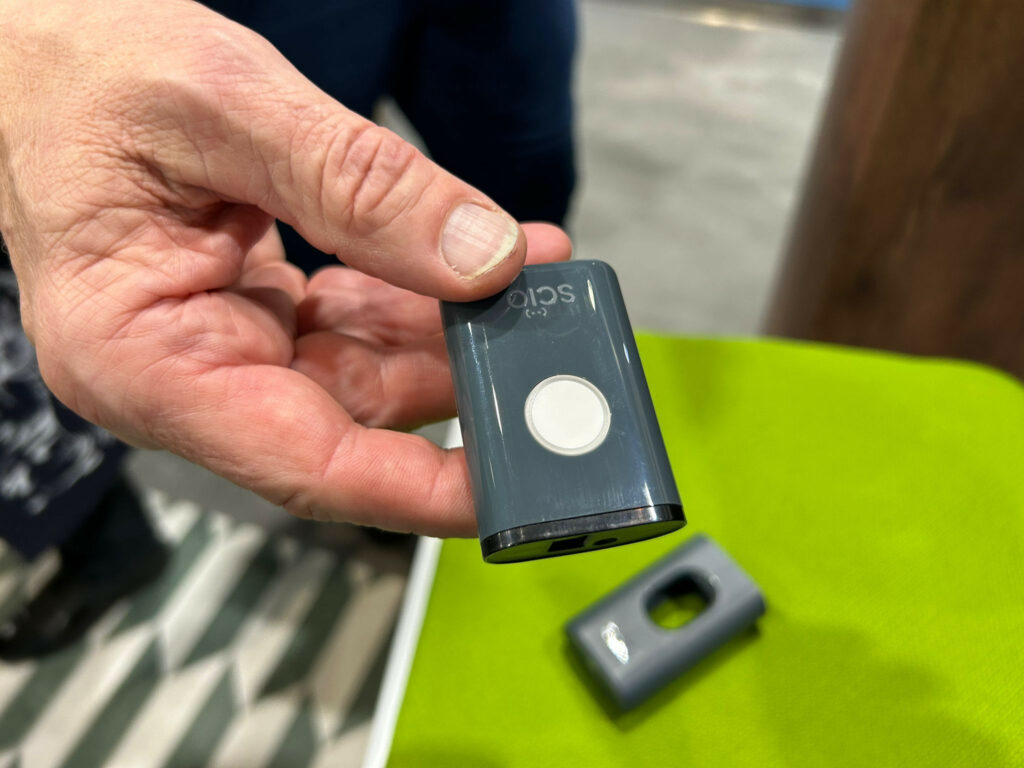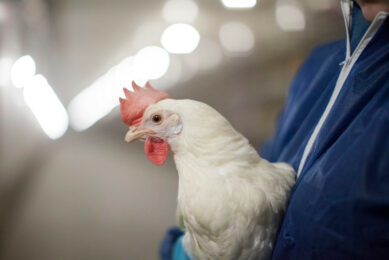‘Optimising layer nutrition based on body fat measurements’

Poultry World, the sister publication of All About Feed caught up with Ines Carvalhido, Poultry Lead at Cargill Animal Nutrition, to talk about Cargill’s new scanning tool that can reveal the body fat condition in laying hens. Looking at how it works and how it can help reduce costs and increase returns.
With the introduction of a new scanning tool, Cargill is now able to reveal the body fat condition in laying hens. According to the company, having insight into this body fat content can enable nutritionists to increase the number of eggs per hen and could even reduce feed costs. Cargill mainly wants to enter the laying farms as a nutritional knowledge partner. “In general, hens are too fat early in the laying period. That is why you have to start measuring and adjusting early,” says Ines Carvalhido.
The first measurement should be done around 15 to 18 weeks of age of the laying hen, so at the end of the rearing period.
“With the Near-InfraRed (NIR) scanner, we measure the abdominal fat, taking 70 to 100 hens as a reference for the flock.” It is a non-invasive tool, the scanner is quite small, made of plastic and measures approximately 8 by 5 by 1 centimeter and weighs less than 100 grams. “Scanning, including picking up the animal, takes half a minute at most. We analyze and compare the values depending on the breed, white or brown laying hens, and age, and on that basis we advise the farmer on how to feed the hens. This may mean that no changes are necessary, but often adjustments are needed in the feed composition.”

“The first measurement should be done around 15 to 18 weeks of age of the laying hen, so at the end of the rearing period. Up to that point, there is not much fat deposit – this measurement is setting a baseline to be able to assess the body fat content later on. After that, you have to repeat the scan every 10 to 15 weeks.”
“In principle, our advice is that it is done by a Cargill advisor. The scan is then performed correctly and at the same time they can assess the business operations and give advice. In light of restrictions such as bird flu’ outbreaks, company visits are not possible and measurements are done by the farmer. As a result, you sometimes miss vital information that is important when advising on feed adjustments. Hence for the best advice and outcome, a visit by Cargill employee is preferred.”
Lower-energy feeds or feeds with more fibre can prevent layers developing tick fat pads
“We have been developing the innovation for 7 years, collecting scan data. We now know the desired body fat condition for white and brown laying hens at different ages and production targets. The experience is that the hens are too fat, and that starts at the end of the rearing period. If you start acting on that early, so from say 17 weeks, then you can significantly increase egg productivity down the line. The biggest gains are not in the peak period, because that is genetically determined. The profit is at the end, say from 60 weeks of age. We see higher production and persistency on all commercial farms that were involved in the test period and with the companies that have been working with body fat condition since January. This potential benefit varies from 4 to 20 eggs per production period of 100 weeks.”

“Depending on the customer, we offer different solutions, for example micronutrition, feed or premix purchases. We try to offer a holistic solution, tailored to each customer.”
“We regularly work effectively with feed company nutritionists. Although some sensitivity is required, it is important to involve the nutritionist. They also get an extra tool to steer advice and achieve good results.”
“We have started new research on broiler breeders. However, we are not yet ready to bring this to the market.”
“This depends on age, energy source and current feeds, so we do not say in general to reduce the energy of the diet but indeed, in most cases, we can have cheaper diets. However, depending on the prices of raw materials and certain additives, feed costs could possibly increase. But generally, managing the body fat condition will save the farmer feed costs and increase returns.”











